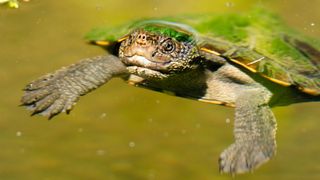Amazing animals — A look at the weird and wonderful species that live on our planet
Latest about amazing animals
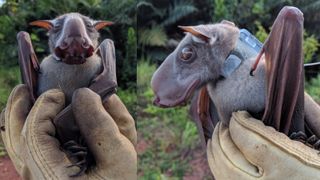
Hammer-headed bat: The African megabat that looks like a gargoyle and holds honking pageants
By Sascha Pare published
Hammer-headed bats are named after the males' oversized boxy heads, which evolved to amplify and project the honking sounds they produce to impress females during courtship displays.

Pigbutt worm: The deep-sea 'mystery blob' with the rump of a pig and a ballooned belly
By Melissa Hobson published
Bizarre worm that looks "like the rump of a pig from one side and Mick Jagger's lips from the other" may be in the middle of an evolutionary leap, scientists say.
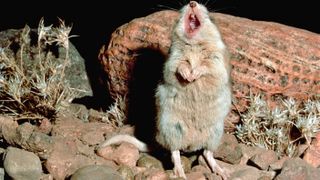
Southern grasshopper mouse: The tiny super-predator that howls at the moon before it kills
By Megan Shersby published
The southern grasshopper mouse is largely immune to the venom of the Arizona bark scorpion and will resort to cannibalism when times are tough.
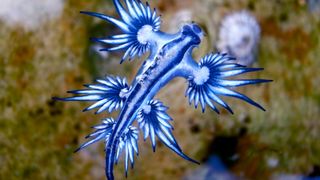
Blue dragon: The deadly sea slug that steals venom from its prey
By Melissa Hobson published
The blue dragon may be too weak to resist the ocean's current, but it can take on a Portuguese man o'war and even steal its venom.
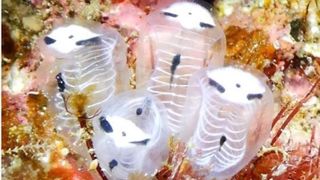
Skeleton panda sea squirt: The weird little creature that looks like baby panda dressed up for Halloween
By Melissa Hobson published
Scientists discovered this little panda skeleton that lives off the coast of a Japanese island was a new species after scuba divers posted photos of it online.
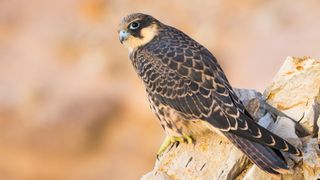
Eleonora's falcon: The raptor that imprisons birds live by stripping their feathers and stuffing them in rocks
By Megan Shersby published
One population of Eleonora's falcon is reported to keep little birds alive inside rocky prisons — a behavior not seen in any other raptor species.
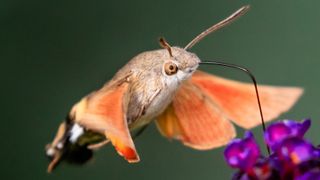
Hummingbird hawk-moth: The bird-like insect with a giant sucking mouthpart
By Rohini Subrahmanyam published
Just as humans rely on their eyes to make precise movements with their hands, hummingbird hawk-moths use continuous visual feedback to precisely position their proboscis in the center of flowers.
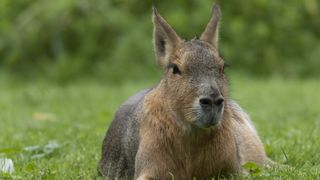
Patagonian mara: The monogamous rodents that mate only a few times a year but pee on each other constantly
By Sascha Pare published
Male Patagonian maras follow females wherever they go and rub poop on the ground around them to deter rival males.
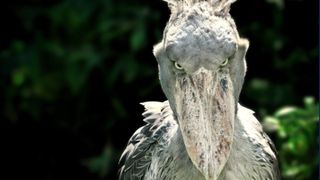
Shoebill: The human-sized African bird that eats baby crocodiles and kills its siblings
By Megan Shersby published
Shoebills reach up to 5 feet in height and they are formidable ambush predators, standing still in swamps before lunging forward to swallow their prey whole with their giant bills.
Get the world’s most fascinating discoveries delivered straight to your inbox.


